Breast Augmentation
What is Breast Augmentation?
Breast augmentation, also known as mammoplasty or breast enlargement, is a cosmetic surgery procedure designed to enhance the size, shape, and overall appearance of the breasts. This procedure involves the use of breast implants to increase breast size and fullness. Alternatively, breast augmentation can also be performed using a patient’s own fat, which is transferred from other areas of the body such as the abdomen, to increase breast size. This technique is known as fat transfer breast augmentation. Breast augmentation with implants remains the most popular and preferred method for patients who desire more upper fullness, as it allows for more control over the size and shape of the breasts. However, fat transfer breast augmentation may be a suitable alternative for patients who prefer a more natural look or who have concerns about using implants. Whatever your preference, our team will work closely with you to help you achieve the beautiful, natural-looking breasts you desire.
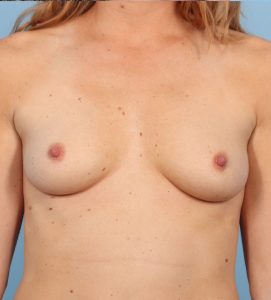
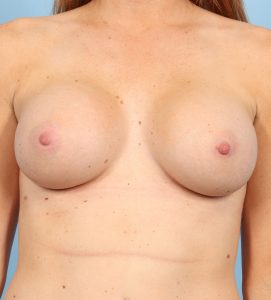
Case 1: Front View
Age 31, Height 5’6′ Weight 135lbs
Allergan Natrelle Inspira Soft Touch – Full Profile – 365 cc’s
Submuscular Dual Plane with IMF/Crease Incision
3 months post-op


Case 1: Side View
Age 31, Height 5’6′ Weight 135lbs
Allergan Natrelle Inspira Soft Touch – Full Profile – 365 cc’s
Submuscular Dual Plane with IMF/Crease Incision
3 months post-op
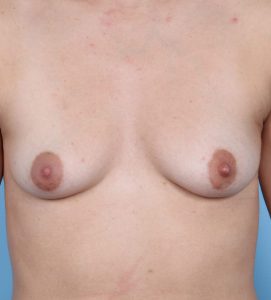
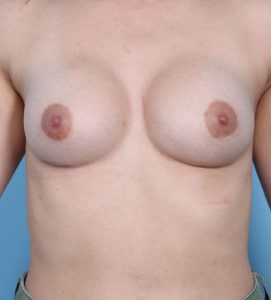
Case 2: Front View
Age 29 Height 5’1″ Weight 110lbs
Allergan Natrelle Inspira Soft Touch – Moderate Profile – 195 cc’s
Submuscular Dual Plane with IMF/Crease Incision
3 months post-op


Case 2: Side View
Age 29 Height 5’1″ Weight 110lbs
Allergan Natrelle Inspira Soft Touch – Moderate Profile – 195 cc’s
Submuscular Dual Plane with IMF/Crease Incision
3 months post-op
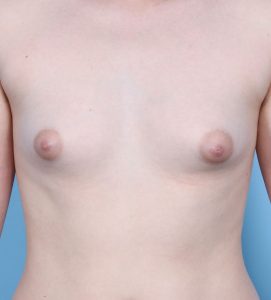
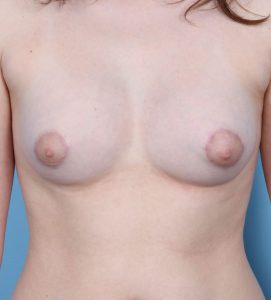
Case 3: Front View
Age 19 Height 5’7″ Weight 135lbs
Allergan Natrelle Inspira Soft Touch – Low Plus Profile – 205 cc’s
Submuscular Dual Plane with Circumareolar incision
3 months post-op
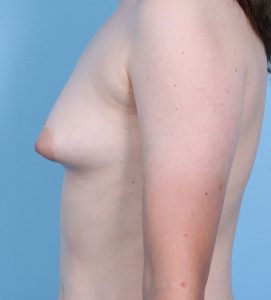

Case 3: Side View
Age 19 Height 5’7″ Weight 135lbs
Allergan Natrelle Inspira Soft Touch – Low Plus Profile – 205 cc’s
Submuscular Dual Plane with Circumareolar incision
3 months post-op
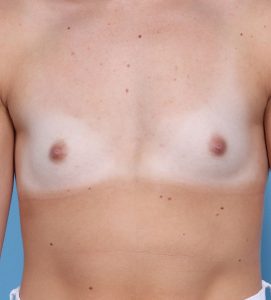
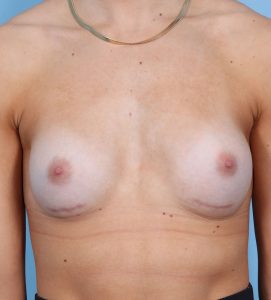
Case 4: Front View
Age 22 Height 5’4″ Weight 125lbs
Allergan Natrelle Inspira Soft Touch – Full Profile – 240 cc’s
Submuscular Dual Plane with IMF/Crease Incision
3 months post-op

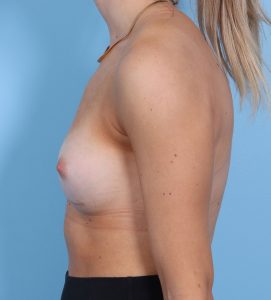
Case 4: Side View
Age 22 Height 5’4″ Weight 125lbs
Allergan Natrelle Inspira Soft Touch – Full Profile – 240 cc’s
Submuscular Dual Plane with IMF/Crease Incision
3 months post-op
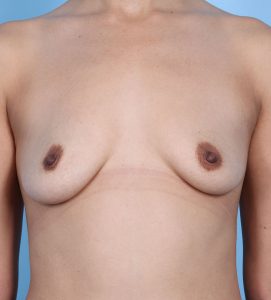
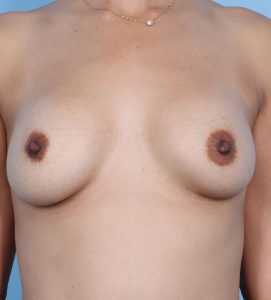
Case 5: Front View
Age 33 Height 5’6″ Weight 125lbs
Allergan Natrelle Inspira Soft Touch – Low Plus Profile – 190 cc’s
Submuscular Dual Plane with IMF/Crease Incision
3 months post-op
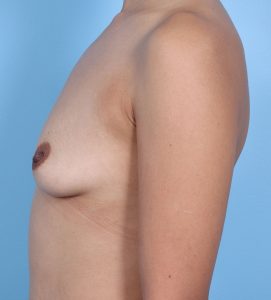
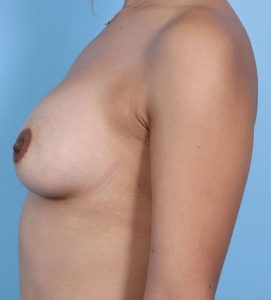
Case 5: Side View
Age 33 Height 5’6″ Weight 125lbs
Allergan Natrelle Inspira Soft Touch – Low Plus Profile – 190 cc’s
Submuscular Dual Plane with IMF/Crease Incision
3 months post-op
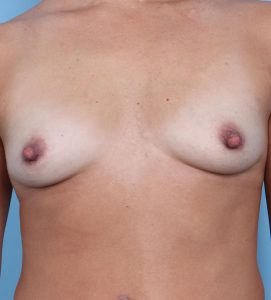
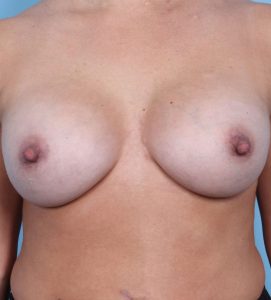
Case 6: Front View
Age 34 Height 5’2″ Weight 120lbs
Allergan Natrelle Inspira Soft Touch – Moderate Profile – 405 cc’s
Submuscular Dual Plane with IMF/Crease Incision
3 months post-op


Case 6: Side View
Age 34 Height 5’2″ Weight 120lbs
Allergan Natrelle Inspira Soft Touch – Moderate Profile – 405 cc’s
Submuscular Dual Plane with IMF/Crease Incision
3 months post-op
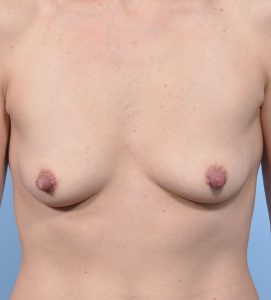
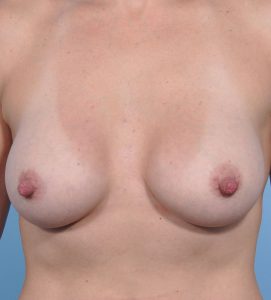
Case 7: Front View
Age 40 Height 5’6″ Weight 120lbs
Allergan Natrelle Inspira Soft Touch – Full Profile – 295 cc’s
Submuscular Dual Plane with IMF/Crease Incision
3 months post-op
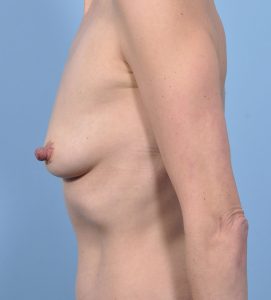

Case 7: SideView
Age 40 Height 5’6″ Weight 120lbs
Allergan Natrelle Inspira Soft Touch – Full Profile – 295 cc’s
Submuscular Dual Plane with IMF/Crease Incision
3 months post-op
Who can benefit from Breast Augmentation?
Breast augmentation is a procedure that can benefit women who wish to enhance the size, shape, or overall appearance of their breasts. This includes those who desire more fullness and projection, improved balance between their breasts and hips, restoration of breast volume lost after pregnancy or weight loss, correction of breast asymmetry, or a more rounded breast shape.
While breast augmentation can enhance the size and shape of the breasts, it is important to note that it cannot correct drooping or sagging breasts. If you are experiencing sagging breasts, a breast lift may be recommended in addition to breast augmentation to achieve a more lifted and youthful appearance.
As an experienced, double board-certified plastic surgeon, Dr. Elkins-Williams understands that each patient’s goals and expectations are unique. He will work closely with you to create a personalized treatment plan tailored to your individual needs.
What to Expect at your Consultation
When you come in for a breast augmentation consultation with Dr. Elkins-Williams, you can expect a thorough discussion about your goals and expectations for the surgery. Dr. Elkins-Williams will also review your overall health, medical history, prior surgeries, medications, and drug allergies to ensure that breast augmentation is a safe and appropriate option for you. This will include a discussion about any personal or family history of breast cancer, as well as a review of prior mammograms or breast biopsies. We will conduct a thorough examination and measurement of your breasts, which may include assessing the size, shape, skin quality, and placement of your nipples and areolas. With the use of the high-definition 3D photos from the Vectra™ imaging system, you will have the opportunity to see how different breast implant sizes may look on your body, providing a visualization of your potential results after surgery. Dr. Elkins-Williams will work closely with you to determine the most appropriate surgical technique and implant type for your individual circumstances. His goal is to help you achieve your desired breast size, shape, and overall appearance while ensuring natural-looking and long-lasting results.
Deciding to Schedule
During your consultation, you will receive a detailed surgical quote and any required clearance forms. If you choose to proceed with surgery, our dedicated Patient Coordinator, Julia, will guide you through the process of selecting a procedure date. To finalize your preferred surgical date, a non-refundable, non-transferrable booking fee will be required upon scheduling. A pre-operative appointment will be scheduled for at least two weeks prior to your surgery date. At the time of booking surgery, we will also schedule your first follow-up visit.
Pre-Op
During your pre-operative appointment, you’ll have plenty of time to discuss your upcoming breast augmentation procedure in detail and have all your questions answered. Your pre- and post-operative care instructions will be reviewed with one of our nurses, as well as any medications you’ll need to take before and after surgery. You’ll review and sign the consent form for the surgery, meet with Dr. Elkins-Williams to revisit your goals, and choose your desired implant the balance will be due at the end of this appointment. Our goal is to ensure that you feel fully informed and comfortable with the upcoming procedure, allowing you to approach your surgery with confidence and peace of mind.
What to Avoid Before Surgery
To minimize the risk of bleeding and bruising, it’s important to avoid blood thinning medications and supplements for two weeks prior to your breast augmentation procedure. This includes aspirin or aspirin-containing products, as well as anti-inflammatory drugs such as ibuprofen or naproxen (including Motrin, Aleve, and Advil). Additionally, supplements such as Vitamin E, multivitamins, and omega 3 fatty acids (fish oil and flaxseed oil) should be avoided. For a complete list of medications and supplements to avoid, please consult with your pre-op nurse.
Recovery
After breast augmentation surgery, which usually takes about 90 minutes under IV sedation, all sutures are placed beneath the skin and are absorbable. You’ll wear a soft post-operative bra, and there will be no dressings to change or drains to worry about. Although you may experience some pain and swelling initially, most patients do not require pain medication for more than a few days. You may take Tylenol (Acetaminophen) as directed. You can resume normal activities of daily living and light walks as soon as possible. However, you will need to avoid aerobic exercise for two weeks and strength training for four weeks. Over a period of about three months, swelling will gradually subside.
